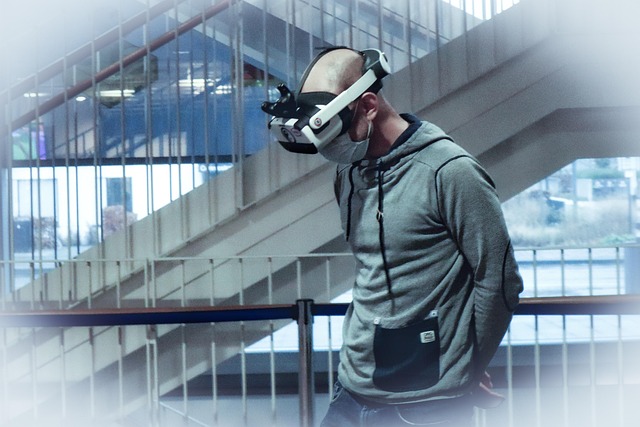Optimizing Your VR Device Management for Seamless Interaction
In the vibrant world of virtual reality (VR), the magic of immersive experiences often hinges on how well we manage our devices. With the pace of technological advancement, VR device management has become crucial in ensuring that users have seamless interactions and unforgettable experiences. Imagine stepping into a lush digital landscape, feeling every breeze, and interacting naturally with virtual objects—all made possible by the right device management.
The Importance of Effective VR Device Management
Have you ever been in the middle of an exhilarating VR game, only to be interrupted by connectivity issues or malfunctioning hardware? Such disruptions can shatter the immersive experience and lead to frustration. Effective VR device management is pivotal in addressing these potential roadblocks. By organizing your devices, updating software, and ensuring optimal configurations, you’ll not only enhance your VR interactions but also spark joy and ease in your virtual adventures.
Key Strategies for Seamless Interaction
1. Regular Software Updates
Software updates are your VR system’s lifeblood. They patch bugs, enhance performance, and often introduce exciting new features. Make it a habit to regularly check for updates on your VR devices and platforms. This simple practice can prevent many headaches and ensure a smoother interaction.
2. Optimize Your Network Setup
Stable internet connectivity is essential for many VR applications, especially those that rely on cloud processing. Ensure your router is optimized for high-speed connections and consider using Ethernet connections where possible. Reducing latency will keep your experience seamless and your movements in sync with the virtual world.
3. Familiarize Yourself with Device Settings
Diving into the settings of your VR devices may seem daunting, but understanding various configurations can significantly enhance your experience. Adjusting fields of view, controller sensitivity, and even personalizing your play area can dramatically improve how you interact in VR environments.
4. Coordinate Peripheral Devices
From hand controllers to motion sensors, coordinating your peripheral devices is essential for achieving fluid interactions. Regularly check battery levels, ensure that all devices are synced, and understand how each component functions together. This coordination allows for a more intuitive experience that feels natural and immersive.
5. Create a Dedicated VR Space
Designating a specific space for your VR activities not only minimizes distractions but also maximizes your interaction potential. A clutter-free environment ensures that you can move around safely and engage fully without the worry of bumping into furniture or other obstacles.
Wrap Up Your VR Setup with Mindfulness
As you navigate the realm of virtual reality, remember that VR device management is not just a technical necessity but an integral part of your immersive journey. Each device and setting plays a role in shaping your experience. By implementing these strategies, you’re not only optimizing performance but you’re also enriching your connection with the digital worlds you explore.
Embrace the adventure of VR fully prepared. With a bit of organizational flair and proactive maintenance, you’ll be on your way to seamless interactions, letting your imagination and creativity soar!




